European HYFLEXPOWER project to demo first integrated power-to-X-to-power hydrogen gas turbine
Green Car Congress
JUNE 1, 2020
A consortium comprising Engie Solutions, Siemens Gas and Power, Centrax, Arttic, German Aerospace Center (DLR) and four European universities is implementing the HYFLEXPOWER project funded by the European Commission under the Horizon 2020 Framework Program for Research and Innovation (Grant Agreement 884229). million, of which €10.5

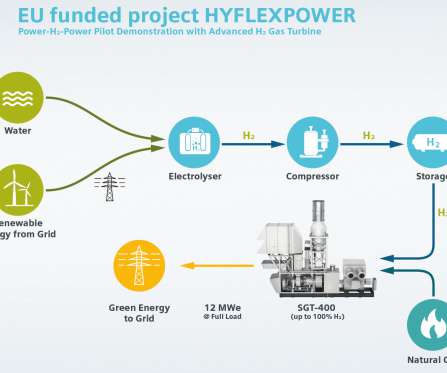

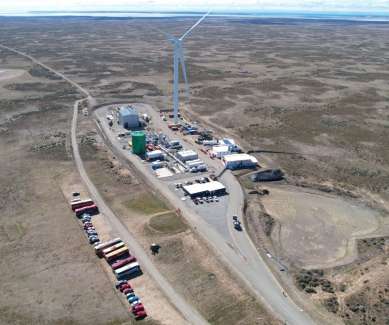
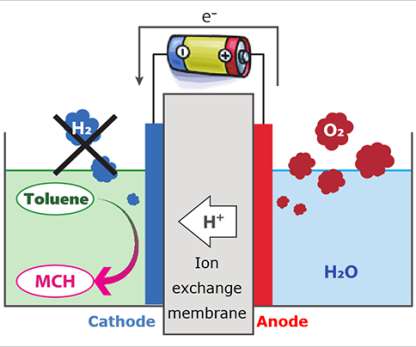
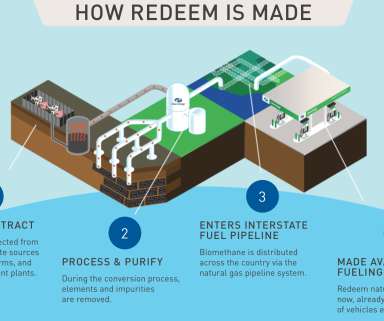



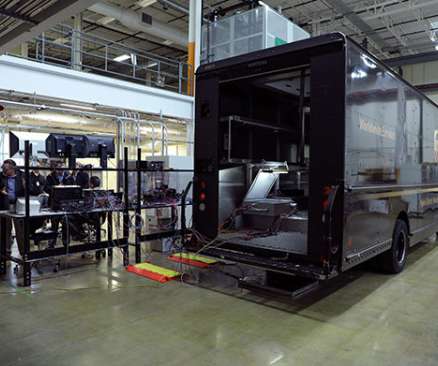
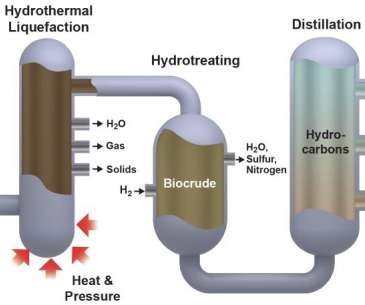
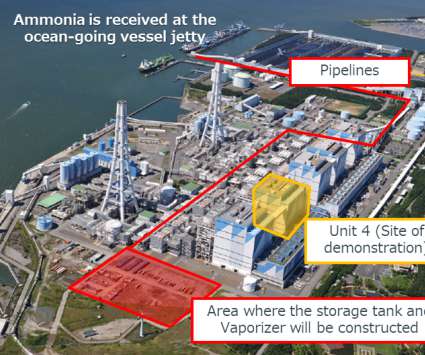





























Let's personalize your content